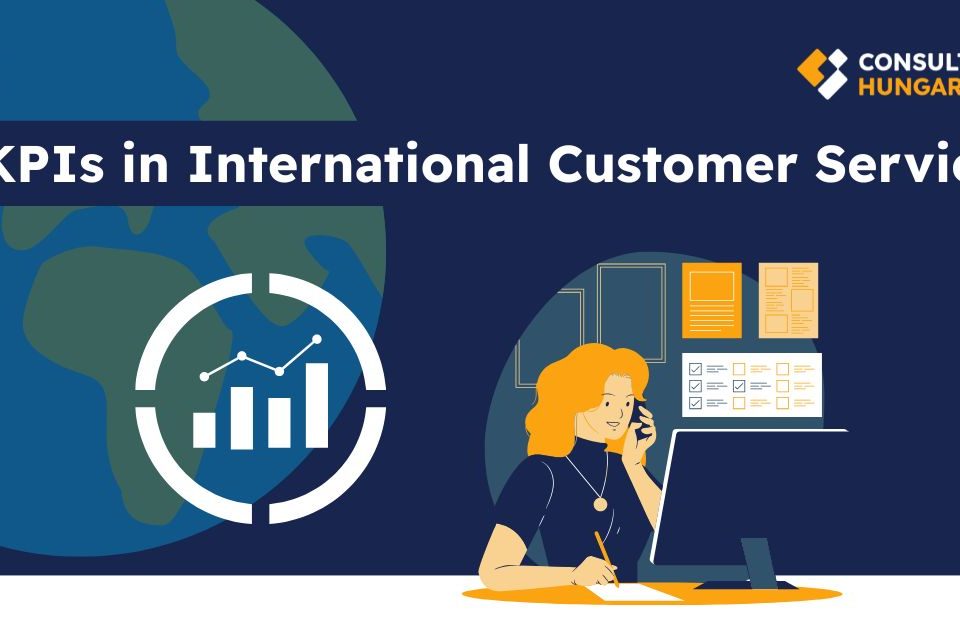
Marketplace vs. Localized Website: Which Is the Best Path for Your Cross-Border Growth?
2024-11-06
KPIs in International Customer Service
2025-07-02Thrive and localize – Why is localization important for your business?
Why is localization important for your business?
Localization helps businesses
succeed in foreign markets
build trust with customers
gain a competitive edge in the target market
Did you know that:
Localization is often confused with translation? Translation is one of the key elements of localization, but it’s far from being the only part.
apart from translation, localization involves:
modifying content to align with the consumption habits of the target market,
software localization according to the target market’s expectation,
converting content to local currencies and measure units,
using local formats for dates, phone numbers and addresses,
adapting the payment and delivery methods to fit the preferences of the local customers,
addressing local regulations and legal requirements,
customer support in the native language.
Translation
When the primary language of the target audience differs from the original language of the webshop, all text should be translated into that language. The translator(s) must consider the local culture, while preserving the text's original meaning. Translation, which is a large part of localization, can be facilitated with machine translation, however, additional work (post-editing) is definitely required to correct mistakes and then fine-tune the text for syntax, idiom and terminology.
And why is translation needed? According to the latest e-commerce survey titled “Can’t Read, Won’t Buy” fielded by CSA Research, an independent research company, 65% of customers prefer content in their own language; 73% want product reviews in their own language; while 40% will not buy at all in other languages.
Customer experience
Localization is all about customer experience, while translation is one of the crucial aspects of localization. The length of the translated text can change the design of the marketing content, website and app layout, etc. Just think about it: just by translating an English text to German or Hungarian, the text length can expand by 30%! It is possible to translate without localization, but it is not possible to localize without translation.
Payment methods
Localizing payment methods is more than just displaying local currencies on your website. In Western Europe, payment by credit card is the preferred payment method and cash on delivery is basically nox-existent. In Eastern and Central Europe, however, cash on delivery is still one of the most preferred payment methods and customers expect webshops to offer this payment option.
It should be also noted that in many countries, a local bank account number creates trust among potential customers, not to mention that it is also better for handling online the webshop’s payments. Furthermore, the rise of the BNPL (buy-now-pay-later) payment method justifies providing this form of payment in the countries, where it is especially popular.
So there are cultural nuances even to payment methods, which may be not evident for someone who is not familiar with the target market.
Delivery methods
Preferred delivery methods can also vary from country to country. In Poland, for example, parcel lockers (known in Polish as paczkomat) are the most popular delivery method. In some countries, on the other hand, customers prefer home delivery. In Romania, however, customers expect free delivery, so the webshops integrate the fee of delivery into their prices.
Legal requirements
Legal and regulatory compliance is synonymous with being able to do business in the target market. Localising legal documents, such as the General Terms and Conditions and the Privacy Policy, is also needed for establishing trust among customers. This is where Consulting Hungary comes in: we have the knowledge and the right people to get the legal requirements right, so that you can do what you are the best at – business!
Translation + Marketing = Transcreation?
Transcreation is a term coined from the words "translation" and "creation". Transcreation refers to marketing translations. It is the process of adapting a message from one language to another, while maintaining its intent, style, tone, and context. So it is not necessarily translation, but adaptation, which often includes a lot of changes in the source material.
Imagery and colors
Nothing can prove better that communication is more than words, than the localization of imagery of colours to fit the preferences of the target audience! Colours, for example, can hold different meanings in different countries: red is associated with purity in India, but with mourning in South Africa.
Likewise, the webshop layouts of the same brand can differ significantly in countries like the U.S. or France.
In the U.S., the first banner shown on the website of Adidas is about Inter Miami, featuring Lionel Messi in the club’s colours, with the slogan “Our Team. Our Terms”. Below that, buyers can shop the different collections that are represented by colourful, vivid and stylized imagery.


On the French webshop (below), however, the colours and the style are less vibrant and are more minimalistic, showing images of leisure activities and outfit inspirations – the latter in typically muted, neutral colours.


Customer Support
Localization also includes enabling buyers to communicate with the businesses in their native tongue. Customer support can include call center, chat support, FAQs, legal documents, etc. Having customer support in the given language shows that you care and you invest in being there for your customers – when they need you the most. This investment will undoubtedly convert to customer loyalty, which will result in more profit and – ultimately – more business!
Thrive and localize. Get the most out of expanding your business to a foreign country.
If you also think localization is worth the time and the effort, contact us!
We can walk you through the necessary steps and create your personalized localization strategy that will help your business to transcend all the cultural barriers of the target market.
If you think our expertise could benefit you and your business, let’s get in touch!


